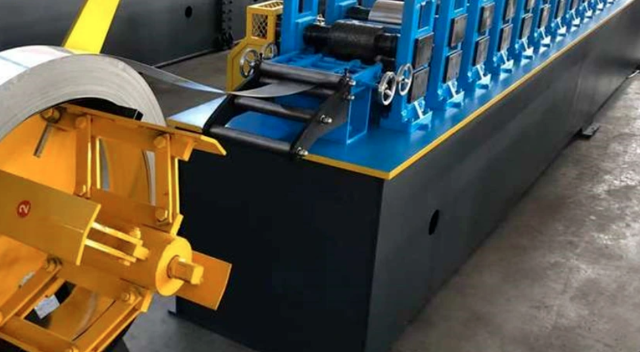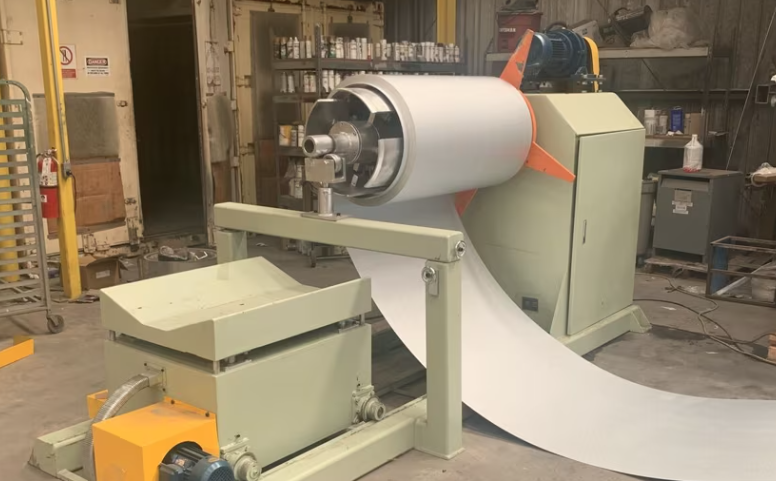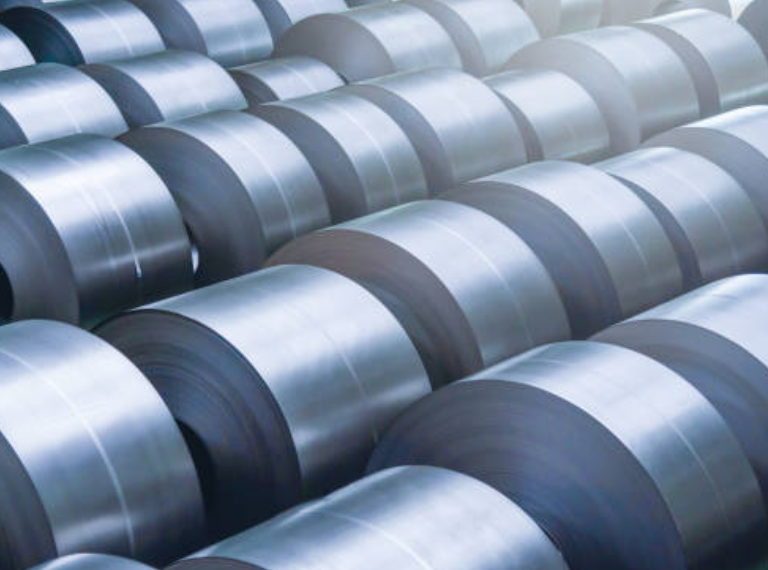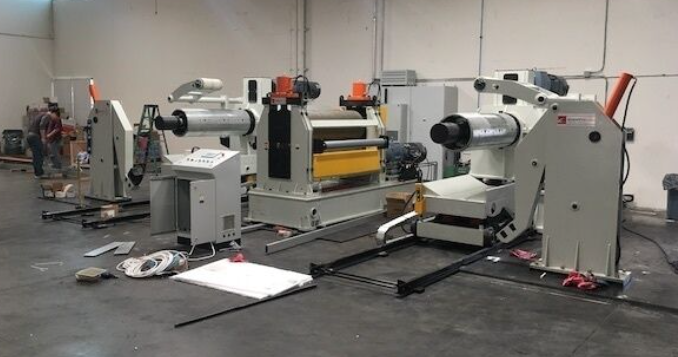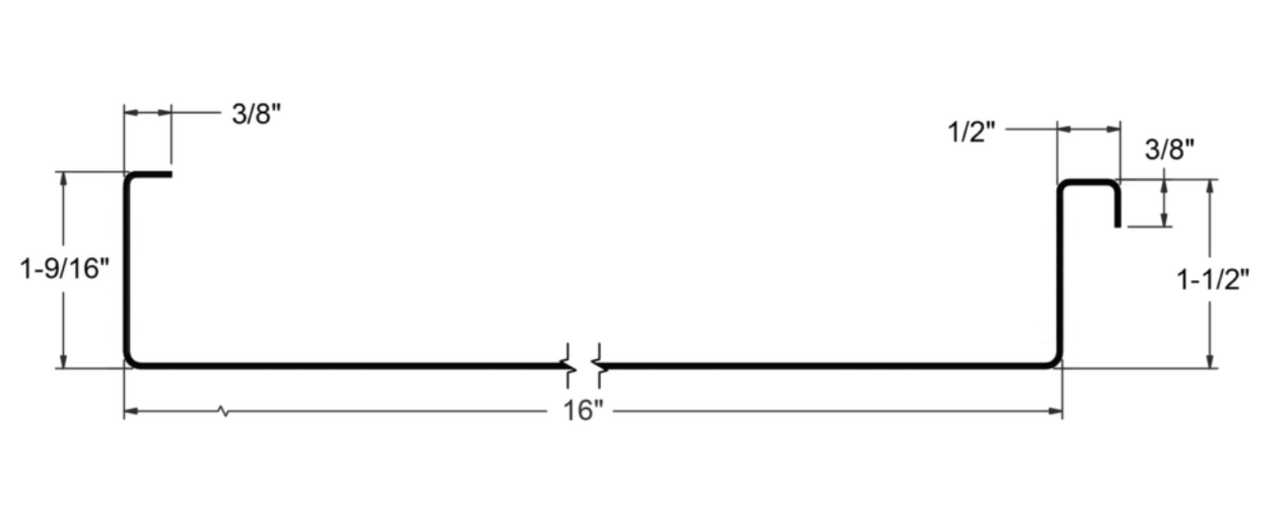The roofing industry is undergoing significant transformation, driven by changes in materials, construction practices, sustainability, and customer expectations. As the demand for efficiency, customization, and cost-effectiveness increases, metal drip edge manufacturing is evolving to meet these market trends. Roll forming technology is a critical factor enabling manufacturers to stay competitive in this environment, offering versatile production capabilities, efficiency, and scalability.
Key Market Trends in Roofing
- Sustainability and Eco-friendly Materials:
There is growing demand for eco-friendly and sustainable roofing solutions. This includes using materials that are recyclable, energy-efficient, and durable. Metal roofing, which often includes drip edges made from aluminum or steel, fits well into this trend because it is both recyclable and long-lasting. Manufacturers are responding by utilizing sustainable production processes and materials that have a smaller environmental footprint.
- Customization and Aesthetic Preferences:
Homeowners and commercial builders are increasingly seeking roofing products that offer both functionality and aesthetics. Metal drip edges, which are essential in protecting roofs from water damage, now also need to fit the architectural styles and color schemes of modern buildings. This trend drives the need for greater customization options, including varying colors, shapes, and profiles.
- Cost Efficiency and Quick Turnaround:
In the face of rising material and labor costs, manufacturers are under pressure to produce high-quality products at lower prices. This is especially critical in the roofing industry, where large-scale projects require fast production without compromising quality. Metal drip edge manufacturers need to meet this demand by utilizing efficient technologies that reduce lead times and costs.
- Durability and Performance:
As extreme weather events become more frequent, homeowners and builders demand roofing systems that provide superior durability and performance. Metal drip edges, in particular, need to offer enhanced water resistance, corrosion protection, and structural integrity. This trend leads to higher expectations for precise and reliable manufacturing processes that ensure consistent quality across all products.
How Roll Forming Technology is Addressing Market Trends
Roll forming technology has emerged as a game-changer for metal drip edge manufacturing, allowing companies to meet evolving market demands in several ways:
- Efficient, High-volume Production:
Roll forming machines are capable of producing large volumes of drip edges in a continuous process, which significantly reduces production time compared to traditional methods such as press braking. This efficiency is crucial in today’s competitive market, where manufacturers need to produce high-quality products at lower costs and with shorter lead times. The continuous nature of roll forming allows for long runs with minimal material waste, contributing to cost savings and sustainability.
- Customization and Design Flexibility:
Roll forming machines can be programmed to produce drip edges in various shapes, sizes, and profiles, meeting the increasing demand for customization. Whether it’s creating drip edges with specific angles, flanges, or curves to fit unique roof designs, roll forming allows for a high degree of flexibility without needing to retool or disrupt the production line. This is particularly advantageous in addressing the growing market for tailored roofing solutions that blend functionality with aesthetics.
- Precision and Consistency:
Modern roll forming equipment is highly automated and precise, ensuring that each drip edge produced is uniform and meets strict tolerances. This level of precision is especially important in roofing, where even small inconsistencies in the drip edge profile could lead to water leakage or structural issues. Consistency in production helps manufacturers ensure that their products meet industry standards for durability and performance, enhancing their competitiveness.
- Material Versatility:
Roll forming machines are capable of working with a wide range of metals, including aluminum, steel, and copper, which are commonly used in drip edges. This versatility allows manufacturers to respond quickly to shifts in material preferences driven by sustainability goals or cost considerations. For instance, as the demand for aluminum drip edges rises due to its lightweight and corrosion-resistant properties, roll forming machines can easily adapt to produce aluminum profiles without compromising efficiency.
- Sustainability through Reduced Waste:
As sustainability becomes a core focus in manufacturing, roll forming technology contributes by minimizing material waste. The continuous nature of roll forming allows for optimal use of raw materials, producing components with precise dimensions and reducing scrap. Additionally, the use of recyclable metals, such as aluminum and steel, aligns with the roofing industry’s push for eco-friendly products.
- Advanced Automation and Integration:
Roll forming machines are increasingly incorporating advanced automation features such as CNC controls, real-time monitoring, and integration with other manufacturing systems. These advancements allow for greater operational efficiency, enabling manufacturers to quickly adapt to changes in customer demand, material availability, or product specifications. The ability to scale production up or down rapidly without sacrificing quality is a critical advantage in today’s fast-paced market.
Conclusion
As the roofing industry continues to evolve, roll forming technology is proving to be a vital tool in metal drip edge manufacturing. By enabling efficient, customizable, and precise production, roll forming machines help manufacturers meet the demands for sustainability, cost efficiency, and durability in roofing materials. This technology not only allows companies to stay competitive but also positions them to lead in a market where customer expectations are constantly rising. With the capability to adapt to market trends and produce high-quality drip edges at scale, roll forming technology is shaping the future of metal roofing products.
